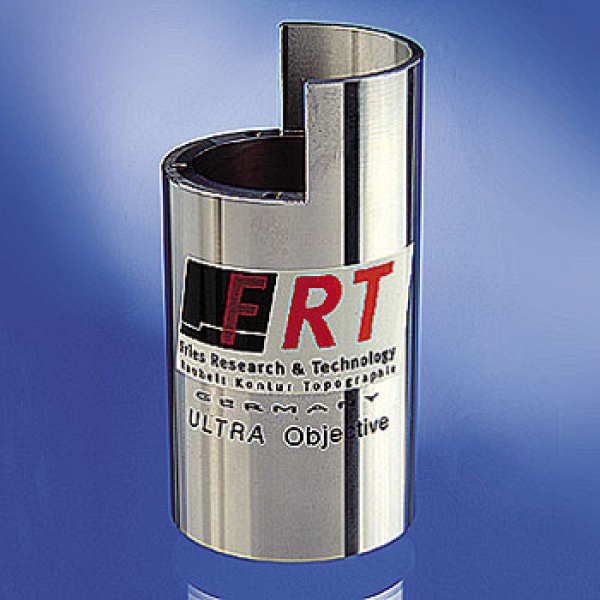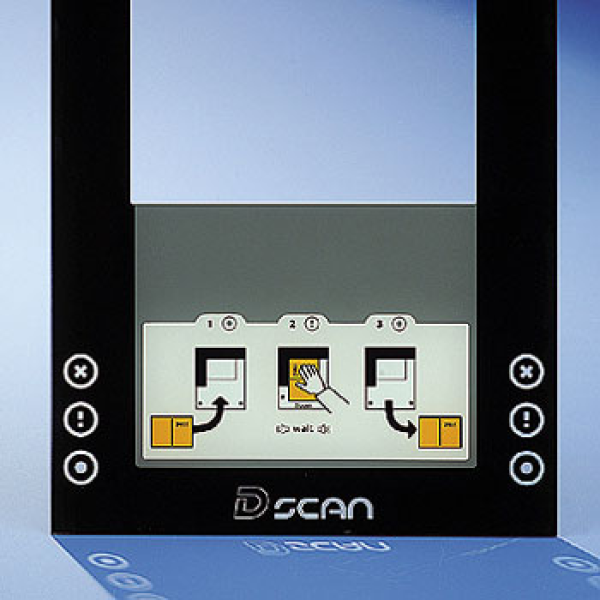Besides its artistic use, industrial screen print has a wide range of application for manufacturing in small or larger runs. The technique is especially used when other printing methods are impossible to use because of special print substrates, formats or special requirements of the printing color. No other print technology provides as many color effects practically on every material.
Examples
signboards, displays, front panels, plastic housings, varnished housings, optical components etc.
Technology
Screen printing is a technique where a wiper similar tool, a rubber squeegee, presses ink through a finely woven, textile fabric on the material. This fabric, either made from plastics or metal, is called "screen". The thread size mainly defines the coating size, in most cases screens with 10 to 190 threads each centimeter are used. To separate the area to be printed from the area not to be printed, the screen is prepared photomechanically similar to a stencil. Only the meshes at the areas, where the ink should be added on the print substrate, remains open.
The screen-print technique offers an application for even as well as curved surfaces of various materials, e.g. products from paper, plastics, fabrics, ceramics, metall, and glass.




